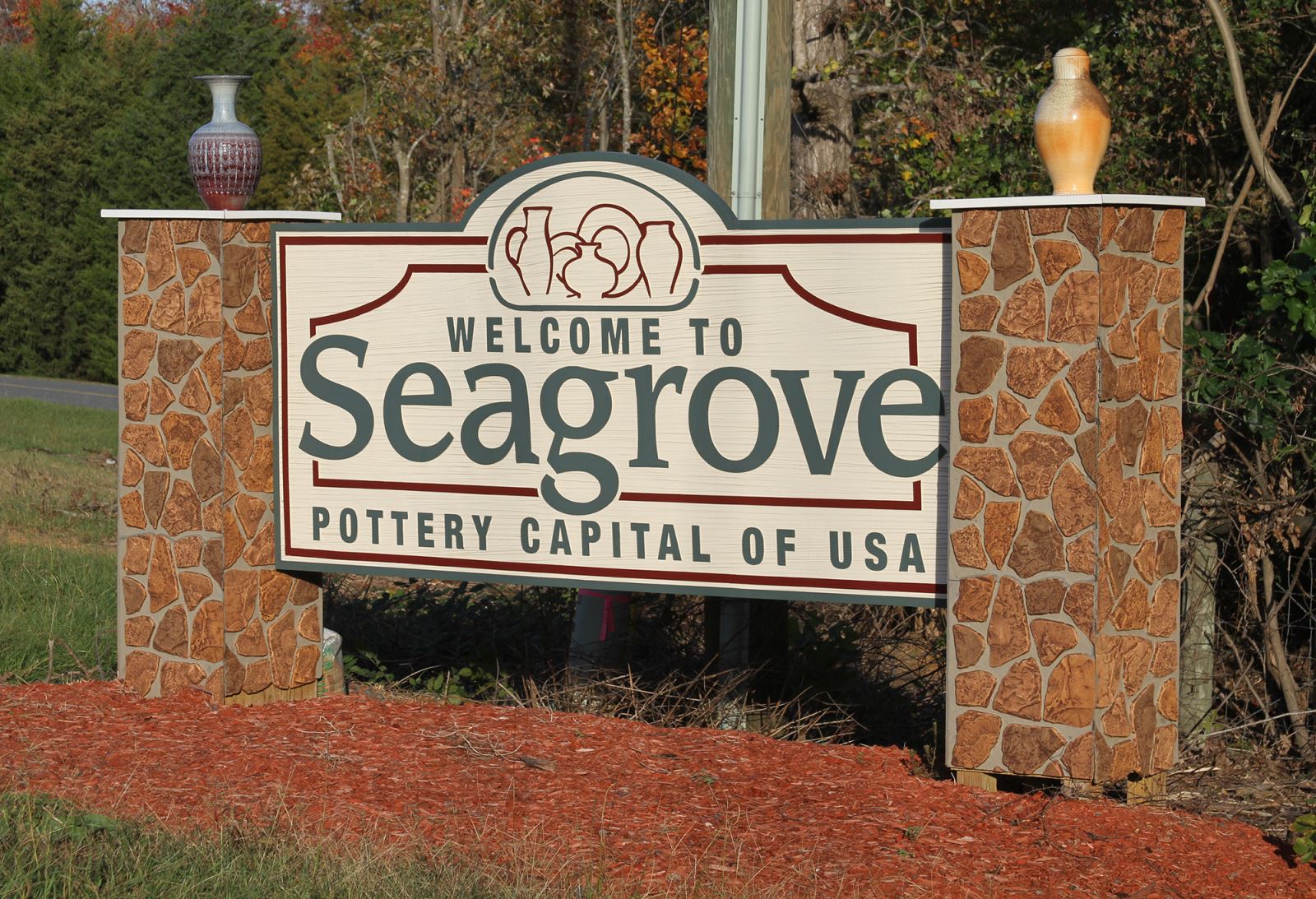
Quite simply, Seagrove and the uniquely named hamlets which surround it in rural Randolph County are the perfect place for anyone interested in pottery.
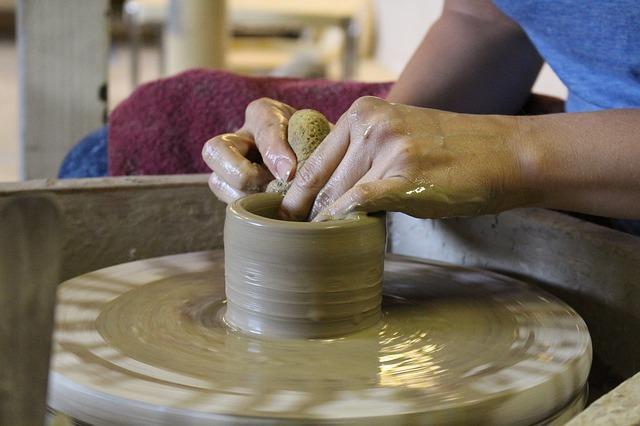
Far from being a mere collection of shops, Seagrove actually refers to a region of artisans that has made the area one of the nation’s largest communities of potters. Part of Seagrove’s allure lies in its singular history and high concentration of potters. The other part, especially for the uninitiated, lies in the experience itself..
.jpeg)
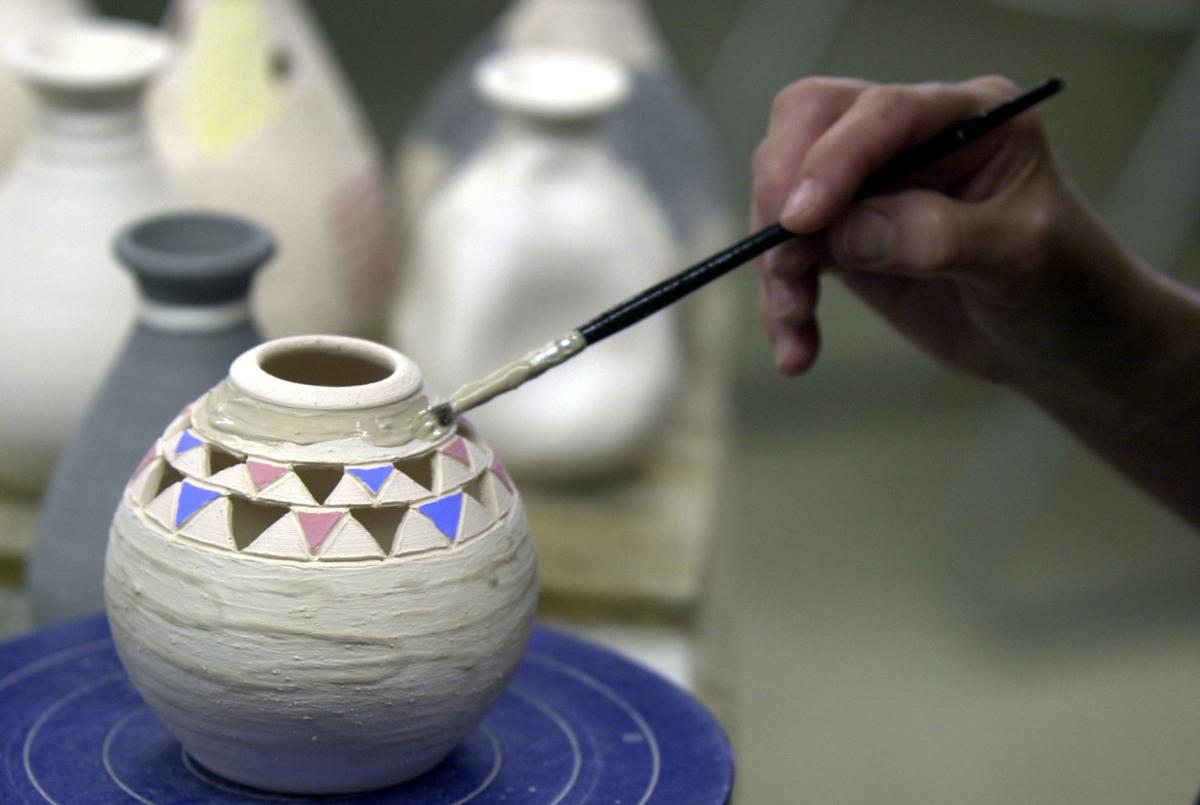
The area’s famous future may have been preordained in the late 1700s, when Colonial potters began to fashion earthenware goods – including jugs, crocks, pots and storage jars – from the local red clay. But technology played its trump card with the rise of the American glass industry during the century that followed. By about 1900, pottery in the area and elsewhere had almost vanished.
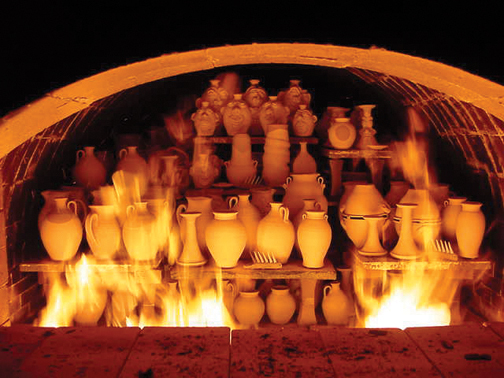
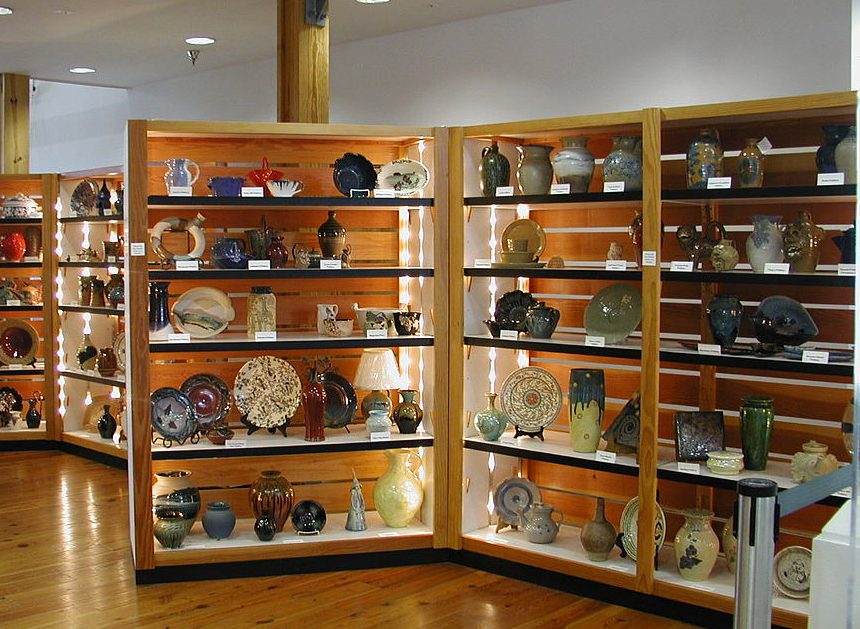
Then, in 1920, a Raleigh eccentric named Juliana Busbee helped to revive the art form by hiring locals to supply her establishment with handcrafted wares. Extinction was averted and a surge in demand in recent decades has brought the total number of resident craftspeople to more than 90.
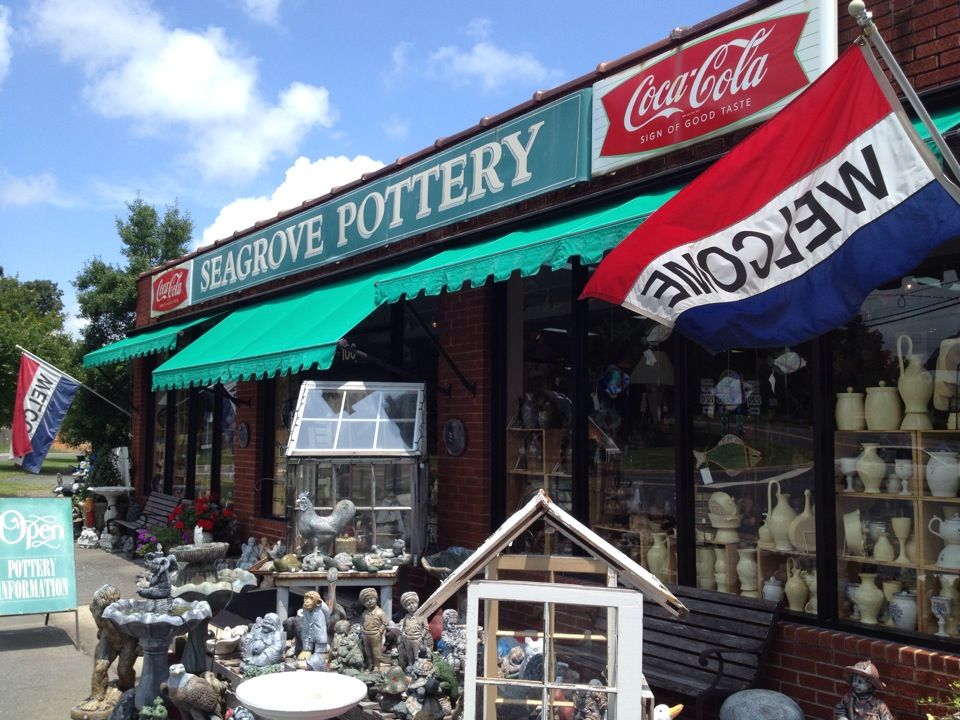
Seagrove's signature event is in the fall – the annual Seagrove Pottery Festival, held the weekend before Thanksgiving, has been a staple for more than 35 years. The largest pottery community in the U.S. comes together with traditional crafts people to sell their wares during the 2-day festival. And for the past decade, the Celebration of Seagrove Potters also happens that weekend, including a Friday night gala. Then just as the weather warms, the Celebration of Spring, in mid-April, features more than 65 local potters hosting special events, offering studio tours, demonstrations and selling their pottery.
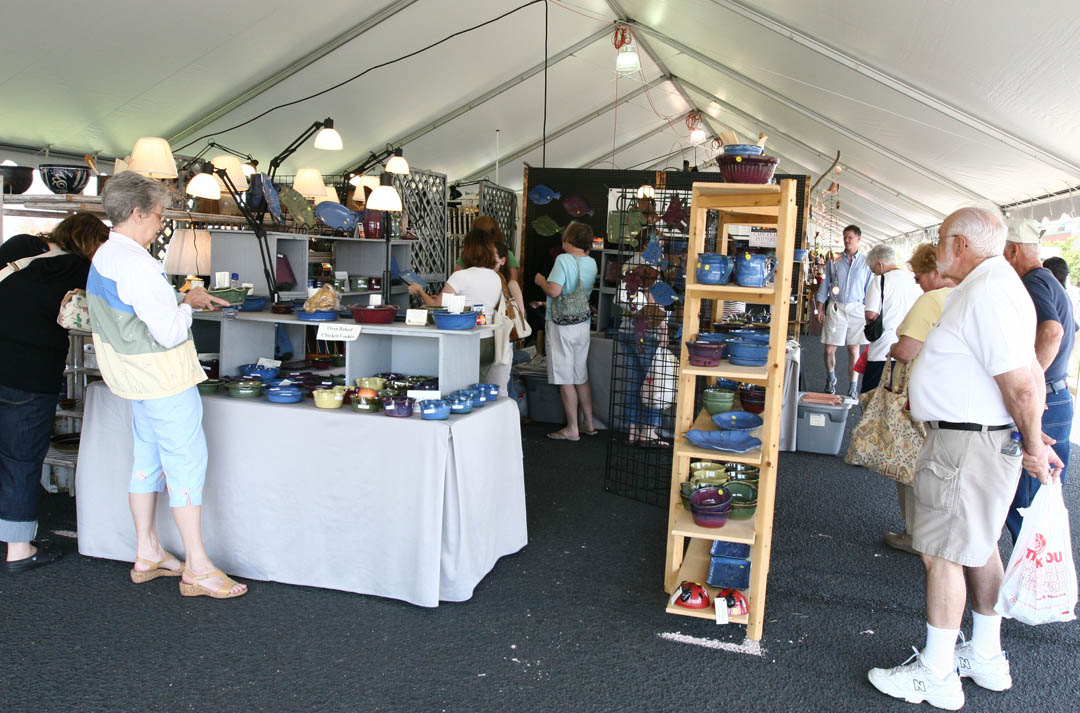
According to visitnc



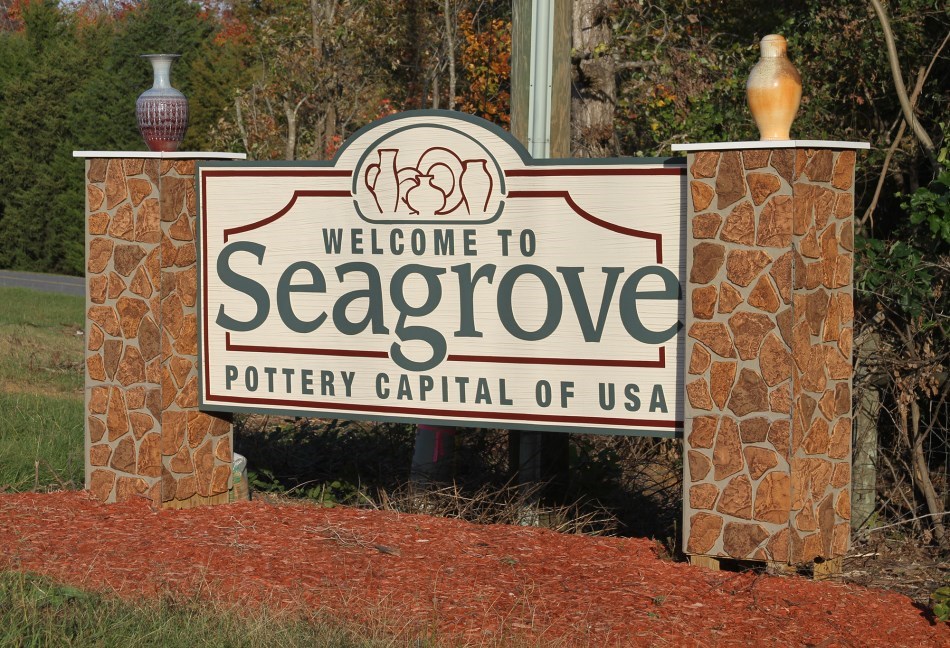



![[HONORARY PROFESSOR OF RECORD FOR PRACTICE AND EMPIRICAL RESULTS – 2024] RECORD HOLDER CHU BAO QUE (BAC GIANG PROVINCE, VIETNAM)](https://uskings.us/wp-content/uploads/2024/05/IMG_0386-218x150.jpg)
